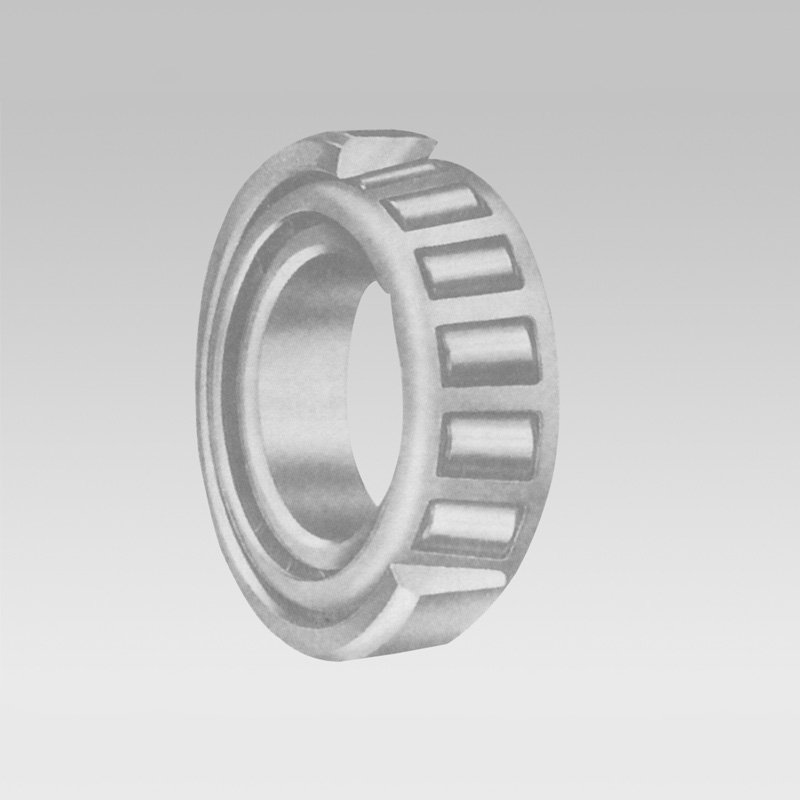
Nov . 12, 2024 13:26 Back to list
605zz bearing dimensions
Understanding the 605ZZ Bearing Dimensions
Bearings are crucial components in various machines and equipment, enabling smooth and efficient movement by reducing friction between moving parts. Among the different types of bearings, the 605ZZ bearing is widely recognized for its versatility and reliability. This article delves into the dimensions, characteristics, and applications of the 605ZZ bearing, providing insights into why it is a popular choice in numerous industries.
What is a 605ZZ Bearing?
The 605ZZ bearing is a miniature ball bearing commonly used in applications requiring high-speed operations and low friction. It features metal shields on both sides, which helps to keep lubricant in and contaminants out, enhancing its durability and performance. The ZZ in its name indicates that it has metal shields, as opposed to RS or 2RS which would signify rubber seals.
Dimensions of the 605ZZ Bearing
The 605ZZ bearing has specific dimensions that make it suitable for miniature applications. Here are the standard dimensions of the 605ZZ bearing
- Inner Diameter (ID) 5 mm - Outer Diameter (OD) 14 mm - Width (W) 5 mm
These dimensions indicate that the 605ZZ bearing is compact, making it ideal for use in tight spaces. The use of both high-quality steel for the balls and rings and advanced manufacturing processes enhances its performance and longevity.
Materials and Construction
605zz bearing dimensions

The 605ZZ bearing is typically constructed from high-carbon chromium steel, which provides excellent wear resistance, high load capacity, and the ability to withstand high temperatures. Some variants may incorporate stainless steel or ceramic materials, providing additional benefits such as corrosion resistance and reduced weight. The precision in manufacturing ensures that the bearing has a smooth, low-friction surface, contributing to its efficiency and functionality.
Load Ratings and Performance
Load ratings are critical for understanding how much weight a bearing can support. The 605ZZ bearing has dynamic load ratings that can vary based on the specific design and manufacturer, but it generally supports standard loads for its size class. The static load rating is slightly higher than the dynamic rating, making it essential to analyze the conditions of use to select the appropriate bearing.
The performance of bearings like the 605ZZ is often characterized by their speed capabilities. The operational limits of the 605ZZ bearing typically reach up to about 50,000 RPM, although actual limits may vary based on factors such as lubrication, heat, and load. Thus, it is essential to consider these variables in practical applications.
Applications
The 605ZZ bearing is used across various industries due to its small size and robust design. Common applications include
1. Robotics Due to their precision and reliability, 605ZZ bearings are frequently used in robotic joints and mechanisms. 2. Electric Motors These bearings are prominently featured in miniature electric motors, enhancing their efficiency and operational lifespan. 3. Hobbyist Projects Model airplanes, drones, and other hobbyist devices often utilize 605ZZ bearings for smooth rotation and movement. 4. Automotive Applications While smaller than many automotive bearings, they find use in components like window regulators and mechanisms in smaller vehicles. 5. Medical Devices The low friction and high reliability of 605ZZ bearings make them suitable for various medical equipment, including pumps and specialized instruments.
Conclusion
In summary, the 605ZZ bearing is a miniature ball bearing with distinctive dimensions of 5 mm inner diameter, 14 mm outer diameter, and 5 mm width. Its robust design, combined with high-quality materials and construction, allows it to support various applications across different industries. Whether in a complex robotic system or a simple hobby project, the 605ZZ bearing plays a vital role in ensuring smooth motion and enhanced performance. Understanding the dimensions and capabilities of this bearing can help engineers and hobbyists alike select the right components for their specific needs, ensuring both efficiency and durability in their mechanical designs.
Latest news
-
Premium Deep Groove Ball Bearings | High Speed & Reliability
NewsAug.29,2025
-
Durable Scaffolding Clamps - Secure & Reliable Tube Connectors
NewsAug.28,2025
-
Common Failures in Thrust Ball Bearings and Solutions
NewsAug.22,2025
-
How Tapered Roller Bearings Can Take Shock Loads
NewsAug.22,2025
-
Angular Bearings in High-Precision Spindles
NewsAug.22,2025
-
The Impact of Misalignment on Cylindrical Roller Bearing Performance
NewsAug.22,2025
